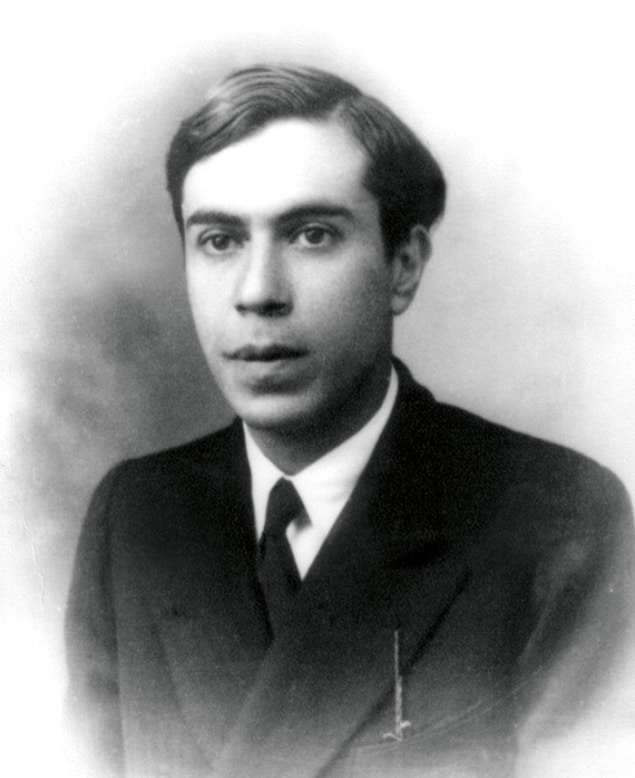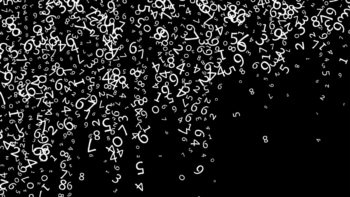Michael Falk says that minorities in physics are regularly subjected to silencing, erasure and ostracism from colleagues – and that we can do better

There are many hypotheses regarding the mysterious disappearance of the Italian physicist Ettore Majorana in March 1938 aged just 32 while on a boat trip from Sicily to Naples. Was he depressed and committed suicide? Did he become a spy, join a monastery or relocate to Latin America? Yet there is one other possible explanation behind his disappearance, which is that Majorana’s sexuality may have played a role.
In the 2013 book Ettore Majorana, lo scomparso e la decisione irrevocabile, Stefano Roncoroni, who was a great nephew of Majorana, writes that family lore supports this view. It is also backed by evidence that police searched for Majorana in parts of Naples typically associated with men who engaged in sex with men.
I have no incontrovertible evidence to support or refute these claims, but as a gay man and a physicist myself, this suggestion felt like hearing the first whispers of a painfully revealing family secret. Finding out that Majorana may have tried to navigate the myriad of barriers maintained by families, institutions, colleagues and society, while hiding his sexuality, elicits a combined sense of awe and deep sadness.
Even if this assertion is highly speculative, other gay scientists have suffered similar troubles. The computer scientist Alan Turing, for example, was sentenced to chemical castration despite his major contributions in the Second World War. Then there was the Prussian naturalist Alexander von Humboldt, whose love life remains a secret despite accounts that he left most of his estate to his valet and purported lover.
Out gay men and lesbians – as well as trans and gender non-conforming people – remain rare in physics, as are women and people from minorities who have been subjected to systematic racial discrimination. Indeed, some of us inhabit multiple excluded identities and if we share anything, it is a common loss of history. We mourn those who could have contributed to science but were either unable to navigate the pitfalls or unwilling to achieve the level of “self-erasure” that could have made them more “acceptable” to the scientific community.
Many of the factors that cause such people to feel excluded are attributes of the broader society in which physics is embedded. These include inequitable access to education, the risk of ostracism from unsupportive families and the weight of discrimination harming one’s mental health. Even so, the physics community must examine how to eliminate or mitigate these barriers or, at the very least, support those who must surmount them. To not engage in this work is to impoverish our field.
While the situation has improved in recent years, exclusion still persists. We live in a time when it is common in physics to deny that there are such barriers. The dominant paradigm that I and many others sense in our profession is: “I don’t want to hear about your personal life, your gender, your race; let’s just stick to physics.” Trans, gay, lesbian and bisexual people are familiar with this rhetorical device – it is “the closet” that creates a maze of awkwardness and concealment.
In a study undertaken by the American Physical Society in 2016, which I chaired, we surveyed and interviewed LGBT physicists about their experiences in their learning and work environments. The study found that isolation and closeted behaviour remain common in physics, with high levels of harassment leading many to consider leaving the field. Even in environments that might otherwise seem supportive, LGBT physicists often choose closeted behaviour for fear of the repercussions of being open, which they find hard to gauge. Many respondents also reported not knowing who around them may be supportive, knowledge that could have helped them to feel comfortable in their university or workplace.
Physics also has a pervasive gender problem. From our surveys and interviews, we heard that discrimination is disproportionately borne by women and those who self-identify as gender non-conforming. Transgender physicists face the most toxic environments, having to deal with, for example, harassment, exclusion from career-enhancing opportunities and mis-gendering – being routinely referred to by the gender and/or name with which they do not identify.
But some of the worst workplace environments are faced by LGBT physicists subject to racial discrimination, who have to deal with an attitude of assumed incompetence that is both demoralizing and demeaning. They reported being uncertain which aspect of their identity makes colleagues so dismissive. Blindness of those around them to broader societal injustices faced by minority communities undermines their sense of collegiality with other physicists.
When our report was published, some online comments exhibited negative stereotyping and closeting behaviour by contributors who claimed to be physicists, inadvertently paying testament to the need for the report. Physics can do better. Working on a committee of physicists from a spectrum of sexual identities and gender expressions was an inspiration for all involved. Particularly notable was the strong leadership of trans women, who have served as a grassroots vanguard working on these issues.
While we were working on the report, Science published an interview with MacArthur fellow and astrophysicist Nergis Mavalvala from the Massachusetts Institute of Technology in which she proudly noted her existence as an “out, queer person of colour”. This interview was a tonic for those of us on the committee who had heard so many negative, first-hand accounts. Humanizing the queer physicist doing physics is essential if we are to inspire future generations not to be relegated to the physics closet.



